Almost everything is better with a pinch of salt, from vegetables to meats, even ice cream and chocolate can go well with it! More specifically, the Academy of Nutrition and Dietetics recommends consuming 1,500 mg to 2,300 mg per day (about 1 tablespoon).
The differences between these types of edible salt are their tastes, their collection method, their impurities, and the purpose of their use.
We gathered information on all types of salt and the reasons why you might find them handy.
Salt is not only widely used in food preparation, but it can also affect human health. By knowing the properties of salt and the effect it has on your body, you can adjust your diet accordingly and switch between different types of salt.
Different Types of Salt
7. Hawaiian Alaea Red Salt

Hawaiian red salt contains about 80 minerals. It is a mixture of unrefined sea salt and volcanic clay rich in iron oxide.
In particular, this clay gives the salt it’s brick red color. Season your food with just a pinch and strengthen your lungs, your immune system function, your overall energy, and your ability to focus.
6. Himalayan Pink Salt
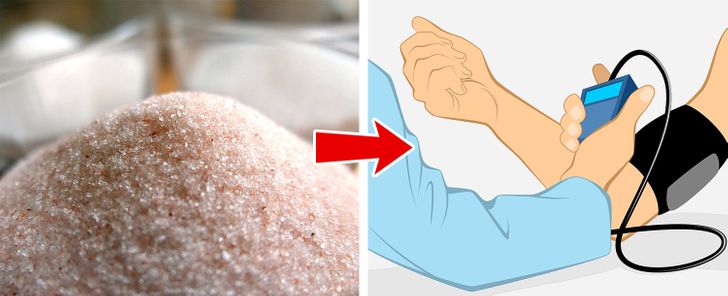
Perceived as a superfood seasoning, Himalayan Pink Salt is rich in minerals – over 80 naturally occurring minerals and can balance your body’s pH levels.
Other effects on the body focus on relaxing muscles, preventing hypertension, and reducing the risk of infections.
5. Truffle Salt
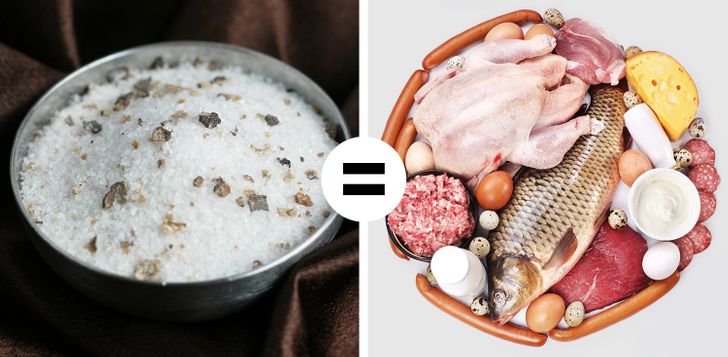
This salt has aphrodisiac effects, along with anti-inflammatory and antimicrobial properties. Truffled salt is a seasoning with a wide variety, but it is also a great source of protein that can boost your immune system.
4. Fleur de Sel
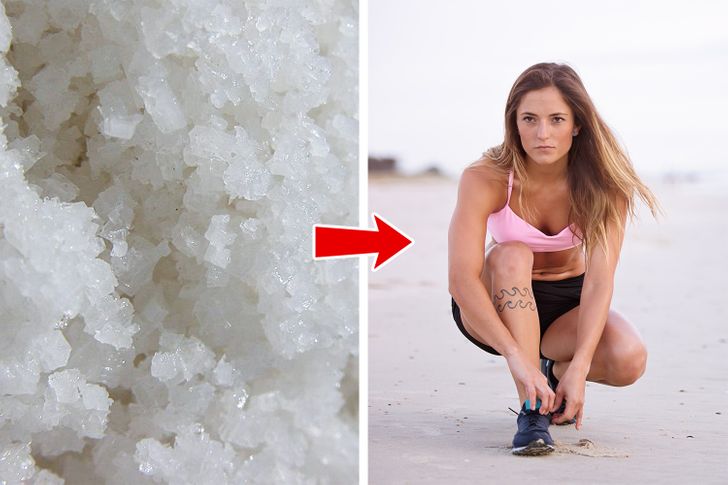
Also known as the “cream of the salt pan,” the “caviar of sea salts,” or the “champagne of salt,” Fleur de Sel is impressively high in minerals and has a pleasant, light taste.
It contains all the elements found in seawater: iodine, zinc, copper, manganese, iron, magnesium, and potassium, offering a treasure for your health in every bite.
3. Cyprus Black Lava Salt

Appreciated for its earthy flavors, Cyprus Black Lava Salt contains activated charcoal and is used as an excellent table decoration.
Among the benefits of consuming this salt are body detoxification, healthy lungs, increased hydration, and prevention of muscle cramps.
2. Hawaiian Black Lava Salt
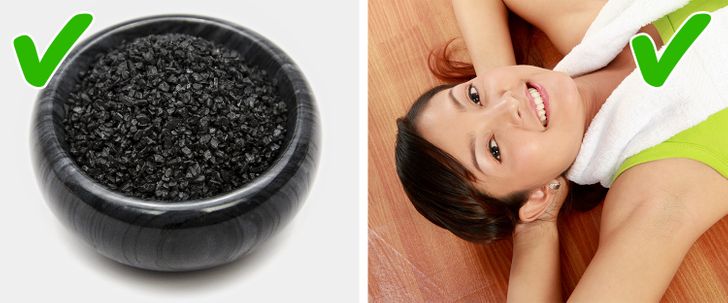
Hawaiian Black Lava Salt is exotic sultry sea salt with activated coconut charcoal.
Its effects are similar to those of the black lava salt of Cyprus, with the advantage of repelling negative energies.
The rich black color and crisp grains add a dramatic finish to any meal and keep well in spicy and flavorful dishes.
1. Table Salt
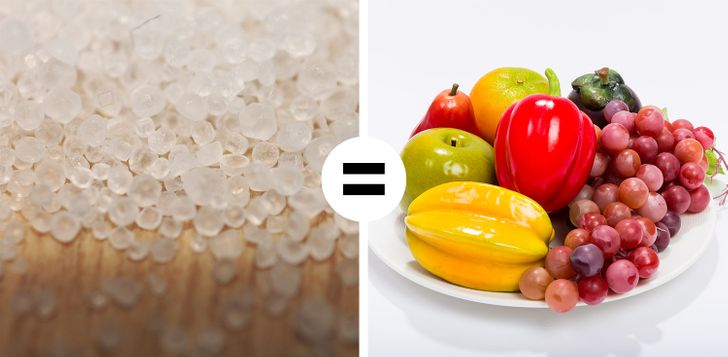
The actual forms of table salt can increase the creation of digestive enzymes and juices that allow us to extract and assimilate other vitamins and nutrients from the food we eat.
However, one of the most common types of salt is artificially iodized to treat iodine deficiency and its consequences.
Our table salt is a ubiquitous spice, available in a variety of Kosher Salt, Pickling Salt, and particulate salts such as Garlic Salt, Onion Salt, and Smoked Salt, depending on the proposed use.
What Happens If You Eat Too Much Salt?
There seems to be a direct connection between eating too much salt and how tight our jeans can fit us. More specifically, recent studies have shown that you can gain weight due to the existence of an excessive amount of sodium in the body.
The reason seems to be that salt can stimulate excessive intake. Also, fluid retention caused by too much sodium in your blood can make your face look plump and, of course, can increase your risk of hypertension.
Other health problems such as osteoporosis, kidney disease, kidney stones, and headaches can occur.
According to one study, consumption of food preserved by salting (like pickled vegetables and salted fish) has been linked to an increased risk of stomach cancer.
Another study found that men are a higher risk category than women. The recommended salt intake is no more than 6 g of salt (2,300 mg of sodium) or about 1½ teaspoons per day. Instead of salt, you can use spices, lemon juice, or herbs to flavor your food.
Do you like salty food? How many types of the above salts have you tried? Feel free to share your opinion in the comments.









Leave a Reply